What goes on these days in a restoration workshop only partially reflects the conventional idea of "artistic-handicraft" activities. Graduate conservator Ulrike Villwock and her restoration department are an integral part of the museum's scientific operations. Over the past decades, it has become increasingly apparent how useful detailed investigation of the material properties of works of art can be.
One of the core tasks is, therefore, to perform extensive technological analyses of objects in terms of the structure of their paint layers. First – using the naked eye, the stereoscopic microscope, UV and infrared – the various substrates, e.g. wood, canvas or copper, are analysed, and then the layers of paint. The aim is to gain information about the material that will allow paintings, panel paintings and coloured wooden sculptures to be better classified in terms of their date or regional provenance. Ideally, analyses of painting techniques will enable conclusions to be drawn about artists or studios. For investigations using other methods, for example dendrochronology, the museum calls in external specialists. The results of such investigations are of great value not only for art restoration research but also for art-historical papers, dissertations and theses. Technological analyses are finding their way into the specialist literature.
Not that the restoration workshop is exclusively about scientific analyses – plenty of actual conservation and restoration work goes on there, too. The works of art at the Suermondt Ludwig Museum are stabilised in terms of their substance, their surfaces are cleaned from time to time, and sometimes also freed of yellowed layers of varnish, darkened touch-up areas or discoloured overpainting. Before the museum's own exhibits can be loaned to other national or international museums, they have to be thoroughly examined to determine whether they are actually in a suitable state of conservation to be loaned out. Supervision of professional packaging and accompaniment of the works of art through to their installation at the temporary exhibition location are essential aspects of securing their conservation.
And conservation is also an important issue when loans from other museums or private collections are received – usually for a period of three months – for temporary exhibitions at the Suermondt Ludwig Museum. Most importantly, the state of conservation of the loans has to be documented and their safekeeping in optimal climatic conditions secured.
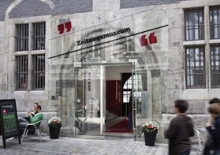
Medienmuseum, Wechselausstellungen und eine Sammlung von 200.000 Zeitungen und Druckwerken in nahezu allen Sprachen.
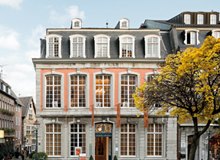
Das bekannteste Wohnzimmer Aachens, mit anschaulichen Einblicken in die Wohnkultur des 18. und frühen 19. Jahrhunderts.

UNESCO-Weltkulturerbe mit herausragender künstlerischer Ausstattung: Karlsschrein, aufwändigen Mosaiken, einer goldenen Altartafel.
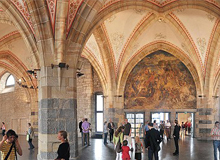
Die größten Historienbilder der Romantik, originalgetreue Kopien des Säbels Karls des Großen, einer karolingischen Handschrift, der Reichskrone.
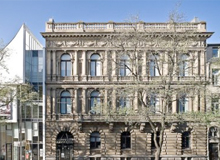
Kunst von der Gegenwart bis in die Antike, mit hervorragenden Gemälden und Skulpturen des Spätmittelalters sowie der Malerei des 17. Jhs.
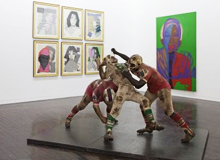
Schauplatz für zeitgenössische Künstler und Kunstwerke, Begegnungsstätte darstellender und bildender Kunst, Bestände der Sammlung Ludwig.
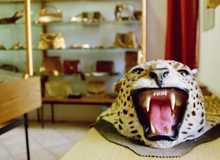
Lebendiges Zentrum zur Erinnerung der Grenzgeschichte und -geschichten, mit verbotenen Souvenirs und Schwarzbrennerei.
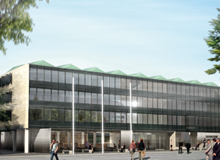
Eröffnung 2014 – Lebendige Geschichte von den Karolingern bis heute. Ausgangspunkt der Route Charlemagne am historischen Katschhof.

Stolz blicken die Aachener auf ihre Geschichte als römische Bäderstadt und Kaiserresidenz Karls des Großen zurück. Der Dom, 1978 zum ersten UNESCO Weltkulturerbe in Deutschland ernannt, und das Rathaus bilden den Mittelpunkt der Stadt. In den Gassen der Altstadt erzählen viele historische Gebäude von der lebhaften Geschichte der Stadt, und doch ist die Zeit nicht stehen geblieben.
An der „Eliteuni“ RWTH Aachen und den anderen Hochschulen sind rund 40.000 Studenten eingeschrieben. Das junge Leben pulsiert vor allem im Pontviertel, dem beliebten Ausgehviertel mit seinen zahlreichen Cafés, Kneipen und Restaurants. Doch auch in den Gassen und auf den Plätzen der Altstadt ist immer viel los. Rund um Dom und Rathaus laden zahlreiche Einzelhändler ebenso wie Filialen namhafter Häuser zum Bummeln ein.
Quelle allen Ruhms ist das Wasser: Die Heilkraft der heißen Thermalquellen war ausschlaggebend dafür, dass Kaiser Karl Aachen zu seiner Lieblingsresidenz machte. Die Badetradition wird heute durch die Carolus Thermen Bad Aachen weitergeführt.
Wer sich lieber in der Natur entspannt, hat dafür zahlreiche Möglichkeiten, etwa im nahe gelegenen Nationalpark Eifel. Zudem locken mehrere Theater und Museen mit einem vielschichtigen Angebot.

